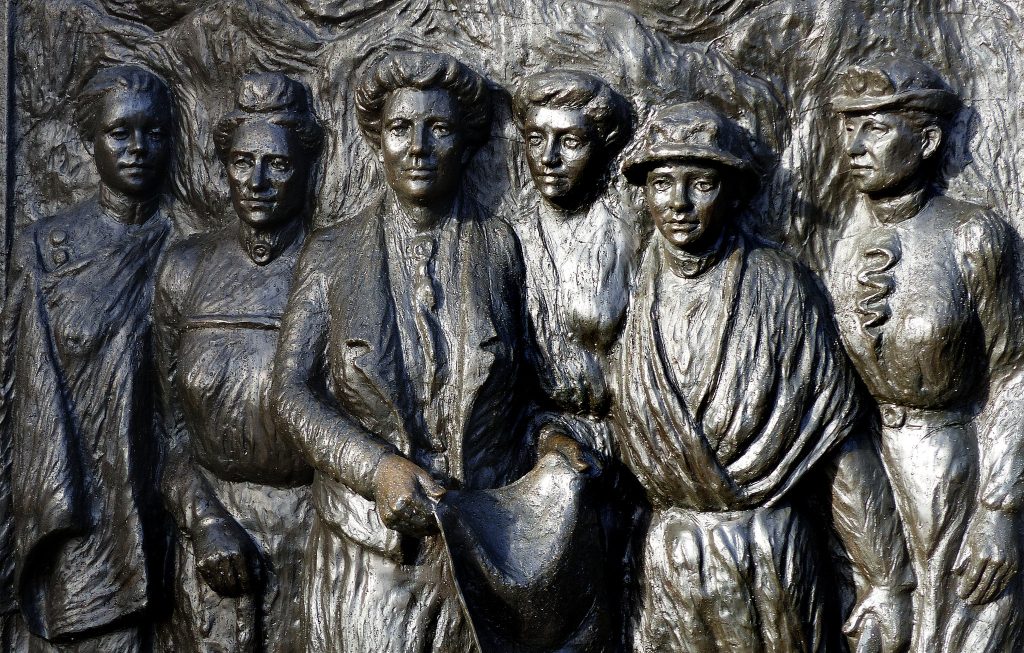
Cemre discusses the lack of representation of women on the autistic spectrum
While autism didn’t exist as a diagnosed developmental disability until about 70 years ago, people now ascribe its attributes to classic figures of human history such as Kant, Einstein, Mozart, and even Steve Jobs. It is unknown whether they were ever on the spectrum, but their speculation brings awareness to the negative labelling that comes with being on the spectrum. Today we’re shown the discrimination those on the spectrum face when trying to apply for work, and our government plans to cut disability benefits to support ‘the really disabled people who need it.’
So, in a month that celebrates Women’s History and a week of Autism Awareness coming up, I wanted to bring to light the women of our past who were on the spectrum. But this is difficult, as much of women in history are left in the shadows of their achievements, much like Katherine G. Johnson, Dorothy Vaughan and Mary Jackson, the African-American mathematicians who worked at NASA, who are only now being celebrated.
Hannah Rogers, an English and Creative Writing student at RHUL, whose final project is on presenting women who are on the autistic spectrum, illuminates how women on the autism spectrum could have been obscured. She explains that there is a gender disparity in diagnoses, that ‘women are less likely to be diagnosed.’ Describing her own experience with being on the spectrum, having ‘obsessive behaviour, reliance on routine, social issues’ were written off as being a teenage girl going through puberty. Waiting time for autism diagnosis for children are long and Hannah had to wait until she was legally an adult to finally be diagnosed, ‘it was a relief to finally have a name for it all and therefore options to help me.’
Talking about historical figures being diagnosed posthumously, Hannah thinks it’s important for them to be known, especially women, for women, ‘Women’s History is so often overlooked yet there is a lot of strength women could draw from those kinds of figures but we don’t know enough about them to make those assumptions now. We have no record of female historical figures as is, less who we could say may have been on the spectrum, even though they definitely existed.’
When you search for famous autistic women, Temple Grandin is the first name that comes up, and she speaks openly about her experience from being on the spectrum, stating that ‘Autism’s a very important part of who I am. I like the way I think, and I wouldn’t want to change that.’ But this may not be the case for everyone on the spectrum, especially for individuals who have never been diagnosed, for women and especially for women of colour.
There is a rising focus on the prejudice autistic individuals face, but we are moving dangerously away as a society from representing the spectrum correctly in our media, let alone the individuals for future generations to look to. Our governments are failing to aid them and their families. This month, stay aware, be vocal and be supporting so we can end the Age of the Hidden Figures.
photo: https://www.flickr.com/photos/volvob12b/14409824662/
